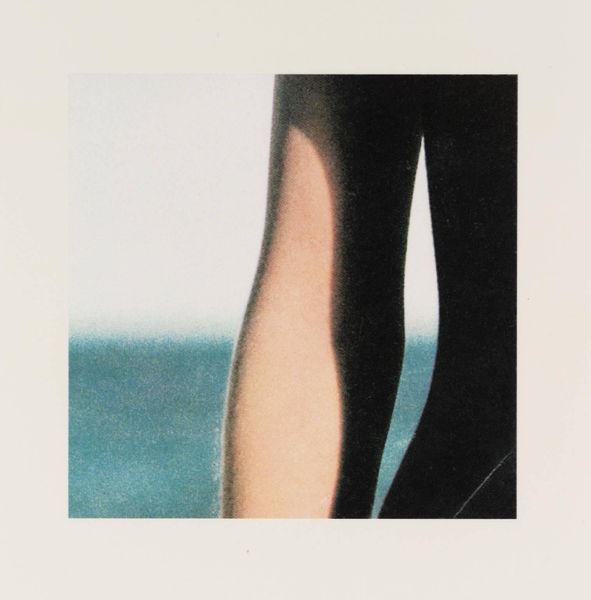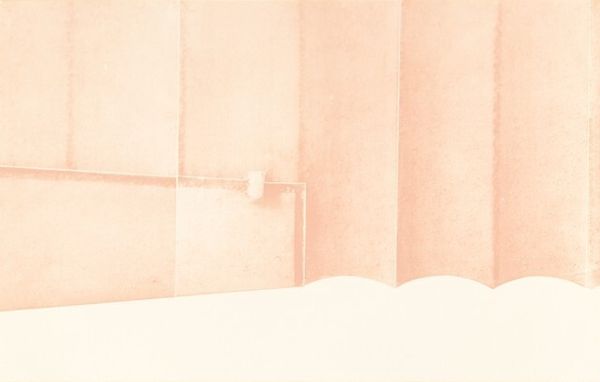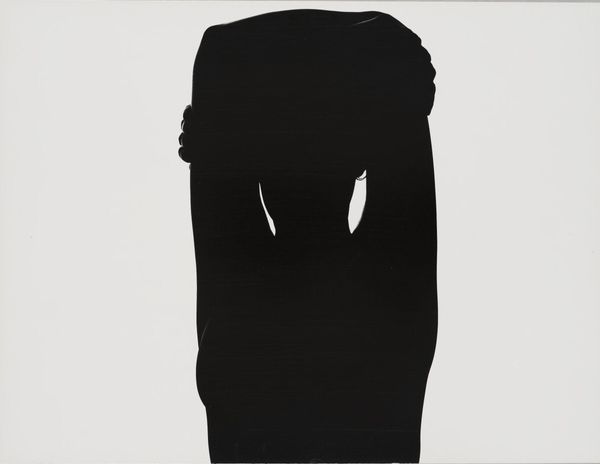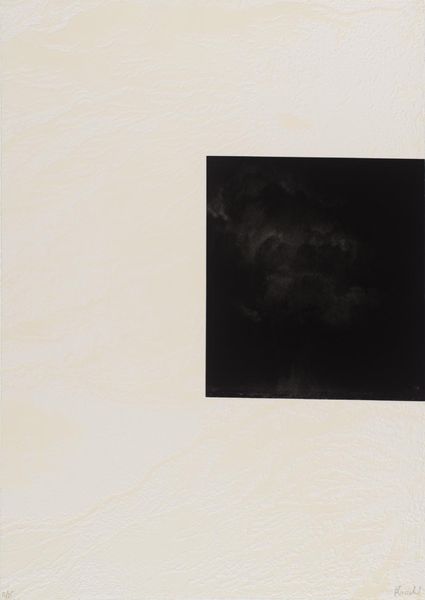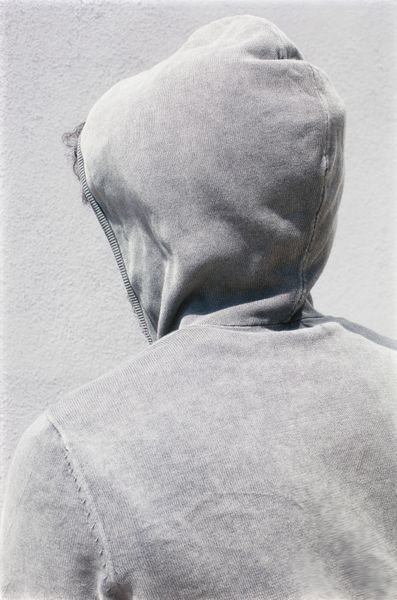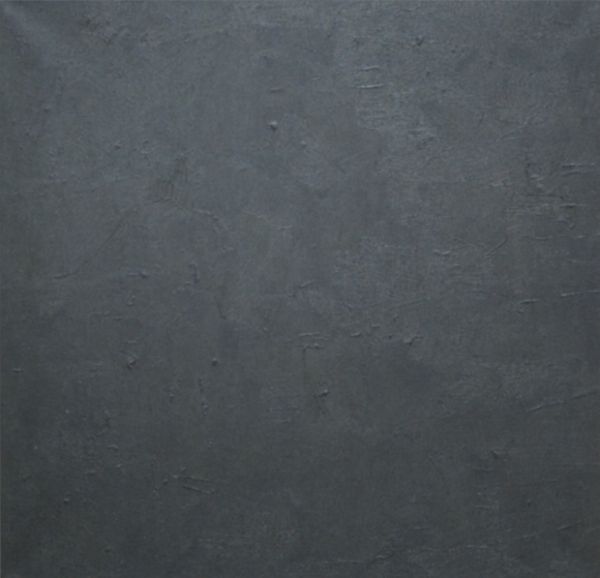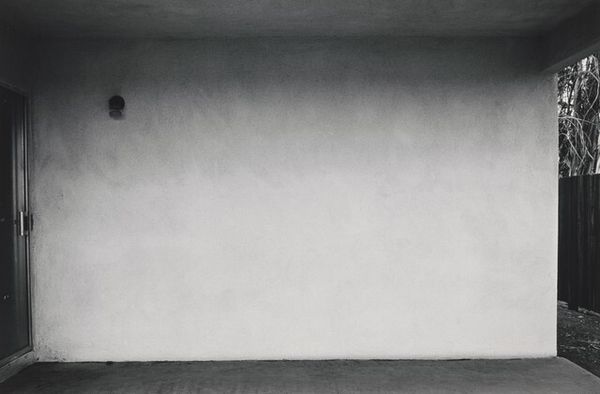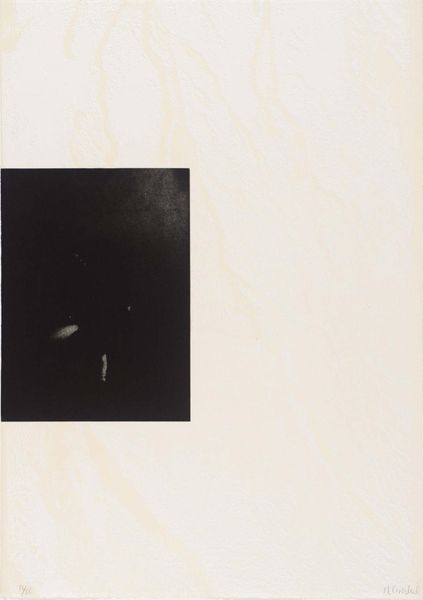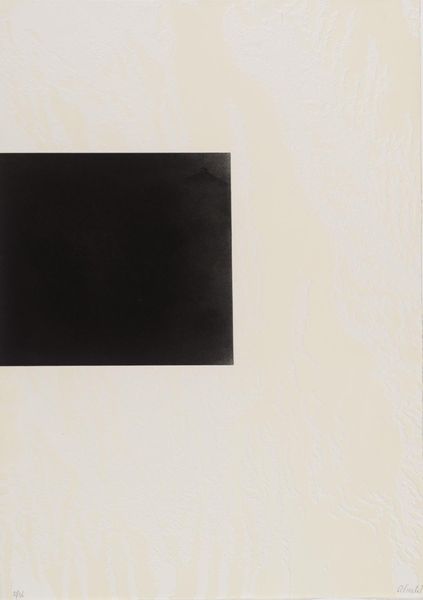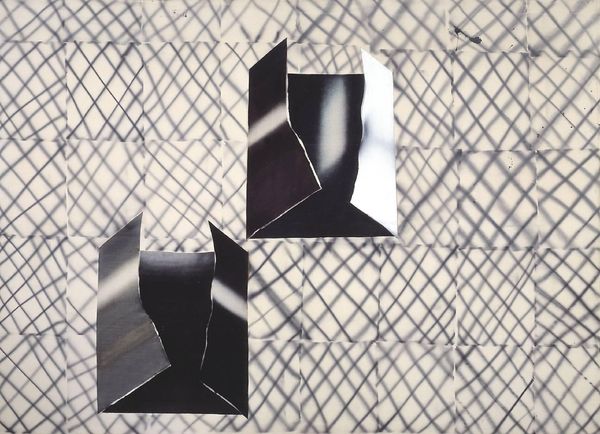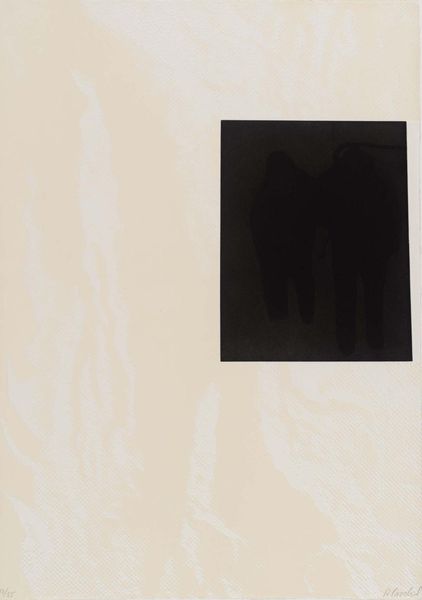![[no title] by Uta Barth](/_next/image?url=https%3A%2F%2Fd2w8kbdekdi1gv.cloudfront.net%2FeyJidWNrZXQiOiAiYXJ0ZXJhLWltYWdlcy1idWNrZXQiLCAia2V5IjogImFydHdvcmtzLzgzYTExYTNiLTgyNWUtNDExYy04NDE5LWNjNDM5YTc2MDNiOS84M2ExMWEzYi04MjVlLTQxMWMtODQxOS1jYzQzOWE3NjAzYjlfZnVsbC5qcGciLCAiZWRpdHMiOiB7InJlc2l6ZSI6IHsid2lkdGgiOiAxOTIwLCAiaGVpZ2h0IjogMTkyMCwgImZpdCI6ICJpbnNpZGUifX19&w=3840&q=75)
Dimensions: image: 137 x 128 mm
Copyright: © Uta Barth, courtesy Tanya Bonakdar Gallery, NY | CC-BY-NC-ND 4.0 DEED, Photo: Tate
Curator: Looking at this small-scale photograph by Uta Barth, I feel...incomplete, strangely. Like a memory half-remembered. Editor: It's interesting that you say that. I read the cropped body as a commentary on the depersonalization inherent in much portraiture, where the body is reduced to a visual signifier. Curator: Perhaps it’s about how we perceive and frame our own experiences? The muted tones and the focus on the negative space almost feel meditative. Editor: That's a fair point. Barth's work often encourages us to question the act of seeing itself. Who is doing the looking? What power dynamics are at play when someone is visible, yet not fully present? Curator: It makes me wonder about identity, about the bits we choose to show and the parts we keep hidden, doesn’t it? A quiet rebellion, maybe. Editor: Exactly. It challenges the viewer to acknowledge their own role in constructing meaning. It's about refusing the male gaze, about resisting easy categorization. Curator: Well, it has certainly given me plenty to ponder. It’s like a visual koan – a riddle wrapped in a photograph. Editor: Indeed. It’s a quiet piece that speaks volumes about visibility, absence, and the politics of representation.
Comments
Join the conversation
Join millions of artists and users on Artera today and experience the ultimate creative platform.
tate 6 months ago
⋮
Barth's portfolio of ten images titled ……………………in passing." was produced by waterless lithography. This is a special technique developed in the mid 1990s by Jeff Ryan of 21 Steps, Santa Fe for lens-based work. Ryan printed the portfolio on ragcote paper in an edition of thirty, of which this is number nineteen. It was published by Muse [X] Editions. The ten images are not individually titled and do not have a particular sequence. They are derived from photographs culled by the artist from a variety of sources. Nine are colour and one is black and white. They depict out-of-focus, outdoor backgrounds with a foreground component protruding into the edge of each composition. This is part of the original 'subject' of the photograph, which Barth has cropped dramatically. Only the edges of shoulders, clothed and unclothed arms, hands and faces are visible. Several of the images derive from a photograph of a woman in front of trees; in others the background is so blurred as to be unreadable. The most overtly poetic image contains part of a woman's hand holding a cherry against a backdrop of greenery shimmering in white light. The woman's cheekbone and part of her right eye have been cropped into the top right corner of the image. Another image consists of a fragment of text laid over a photograph of a cloudy sky. The words, only partially visible, pose a question to a viewer about 'need' and 'want'. The frame of one image is half filled by a close-up view of a bare arm and waist, silhouetted in shadow against blue water. The images in this series originally functioned as notes and source material for the artist. Barth has explained: For many years now I have been collecting pictures in which the background interests me, sometimes for purely formal and compositional reasons, at other times because [of] the type of location or subject matter or even some odd relationship that occurs between background and subject. Mostly I find them in newspapers and magazines and I cut and crop out the section of interest to me and pin it to my studio wall. I have never directly recreated or reproduced any of these found pictures, but have made images based on them. Recently I have become very interested in this collection of small clippings in and of themselves … Most of them include a small section of the figure that has been cut away. They have a shoulder, a hand or part of a face at the very edge, but because of the way I have cut them, the centre of the pictures, the place we are trained to look, is now empty. (Quoted in Conkelton, pp.24-5.) Barth uses photography to investigate and challenge visual perception. Her series of Grounds, begun in 1992, explored the mechanisms of composition and framing central to photographic and painting traditions by eliminating the usual foreground subject and focusing instead on the more abstracted background. She intends her work to be read within the context of the conventions of image-making and has said: 'I keep trying to find ways to shift the viewer's attention away from the object they are looking at and toward their own perceptual process in relation to that object.' (Quoted in Uta Barth, p.3.) Barth began her subsequent series of Fields around the same time as she began collecting the images which went into …………………...in passing.". The Fields are larger-scaled out-of-focus photographs shot at outdoor locations. They bring film-making elements, in particular a sense of the camera's movement, to Barth's typical depictions of space and light. Field #20 1997 (Tate T07627) is a monumentally-scaled photograph of a street corner printed onto canvas, evoking a cinema screen through its size. The unusual punctuation of the title …………………...in passing." textually recreates the sense of movement through space ending in a fragmentary encounter evoked by Barth's cropping of the images. Further reading:Uta Barth, exhibition catalogue, Museum of Modern Art, Los Angeles 1995Sheryl Conkelton, Russell Ferguson, Timothy Martin, Uta Barth: In Between Places, exhibition catalogue, Henry Art Gallery, University of Washington, Seattle 2000, pp.24-5, 68-9, 108 and 172, reproduced (colour) pp.96-8 Elizabeth ManchesterMarch 2002

